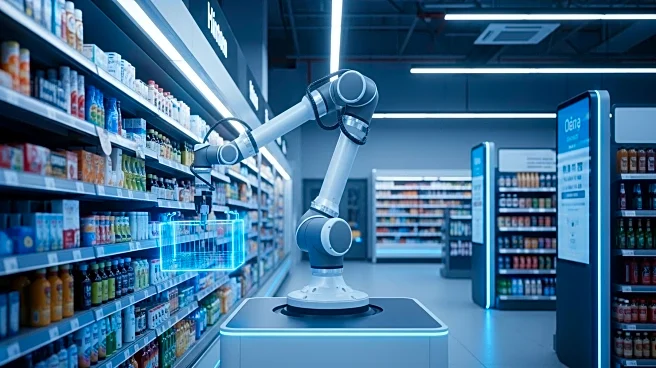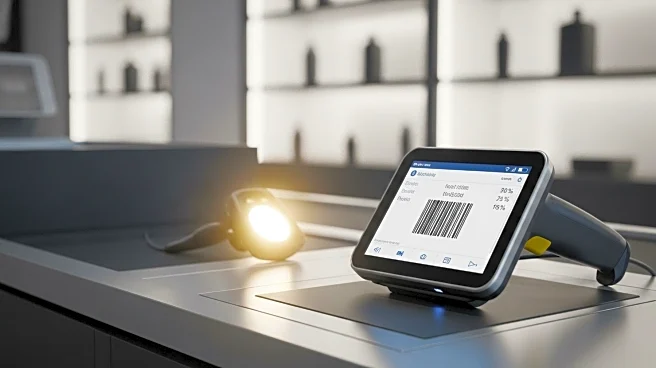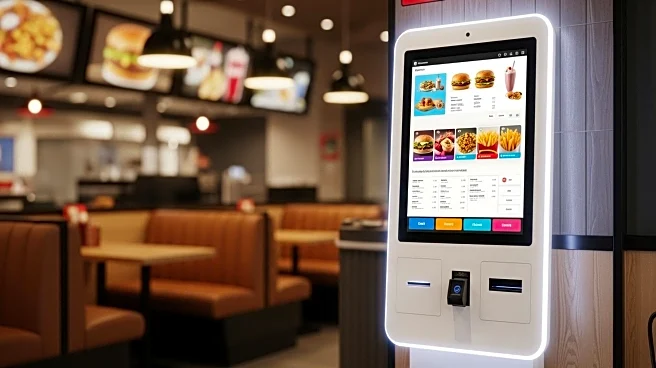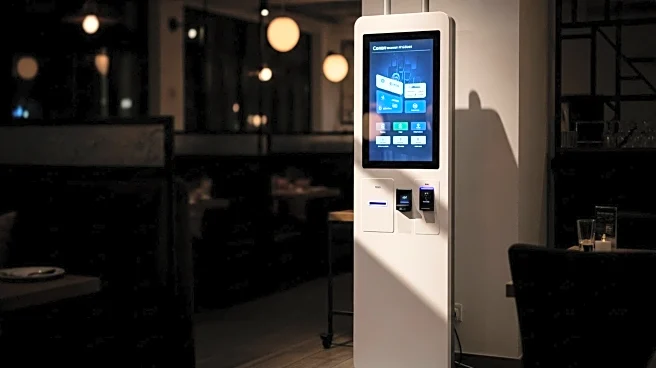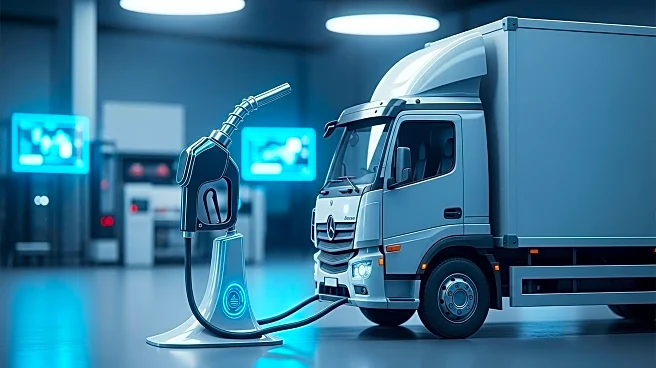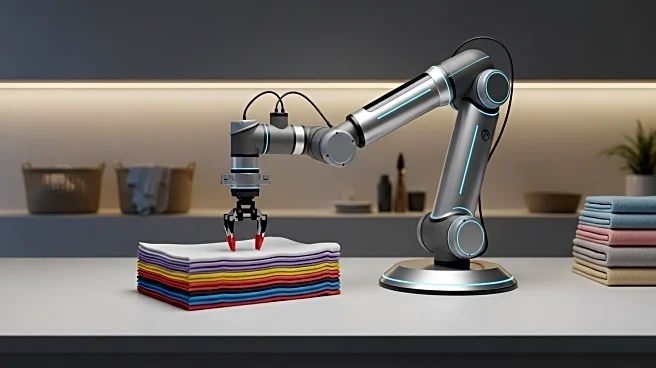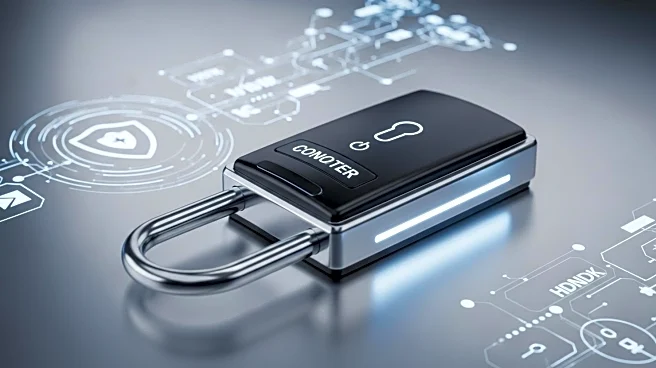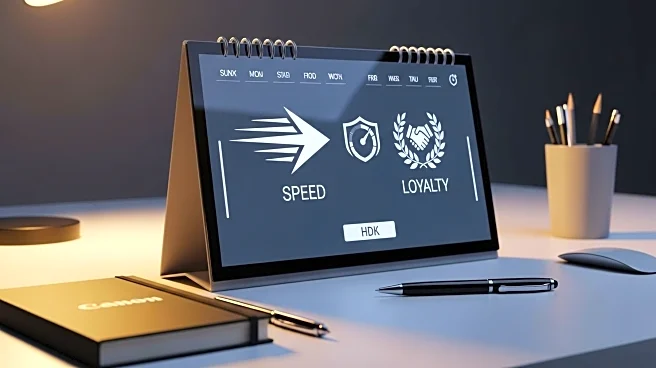What's Happening?
Convenience stores are increasingly adopting technology to address labor shortages and improve operational efficiency. Innovations such as self-checkout kiosks, automated labeling devices, and electronic shelf labels are being implemented across various chains. These technologies help reduce labor costs, streamline processes, and enhance customer experience. For example, Chillbox is launching Verifone K350 kiosks to increase revenue per employee, while Kwik Trip has switched to electronic shelf labels for remote price changes. These advancements reflect a shift towards automation in the retail sector.
Why It's Important?
The adoption of technology in convenience stores is crucial in overcoming labor shortages and maintaining service quality. By automating routine tasks, stores can allocate staff to more customer-focused roles, enhancing the shopping experience. This trend is indicative of a broader movement towards digital transformation in retail, where efficiency and customer satisfaction are prioritized. The use of technology not only addresses immediate labor challenges but also positions stores for long-term growth and competitiveness in a rapidly evolving market.
Beyond the Headlines
The integration of technology in convenience stores raises questions about the future of retail employment and the balance between automation and human interaction. While technology can improve efficiency, it also necessitates a reevaluation of workforce roles and skills. As stores continue to innovate, they must consider the ethical implications of automation and its impact on employment. Additionally, the reliance on technology underscores the importance of cybersecurity and data protection in safeguarding customer information.

